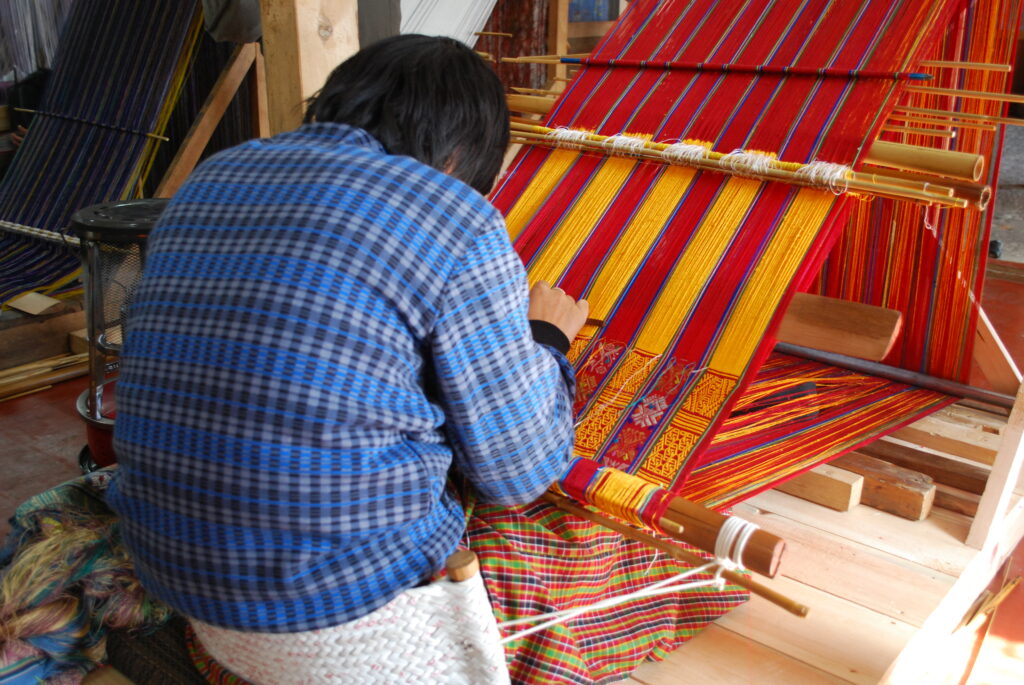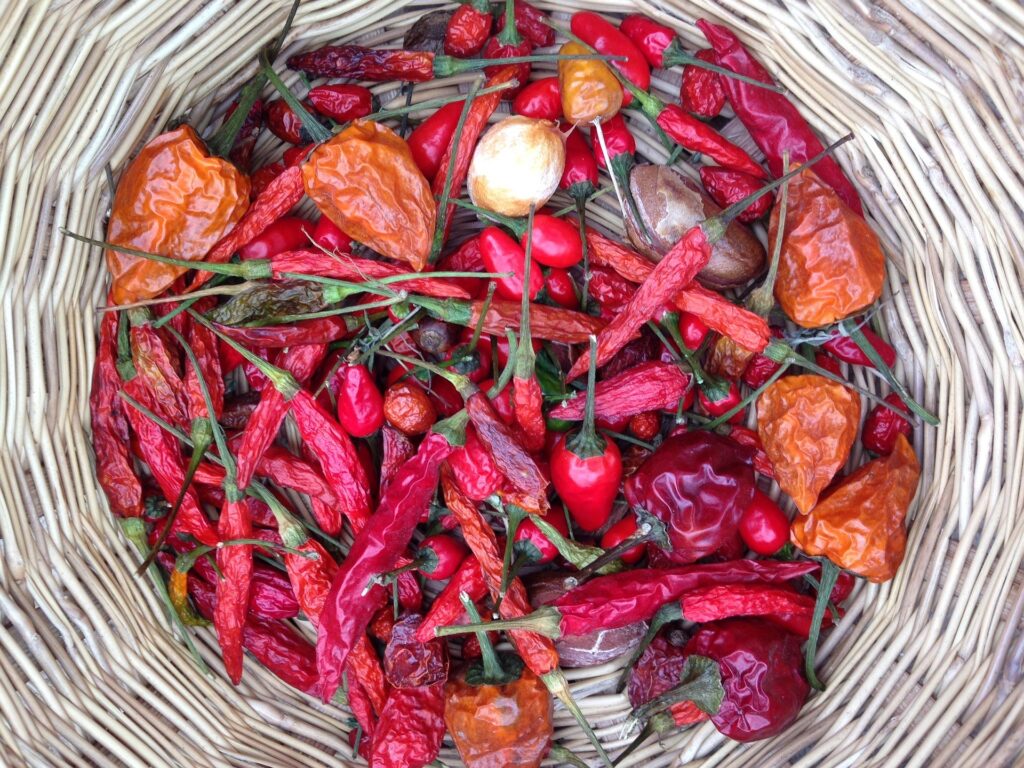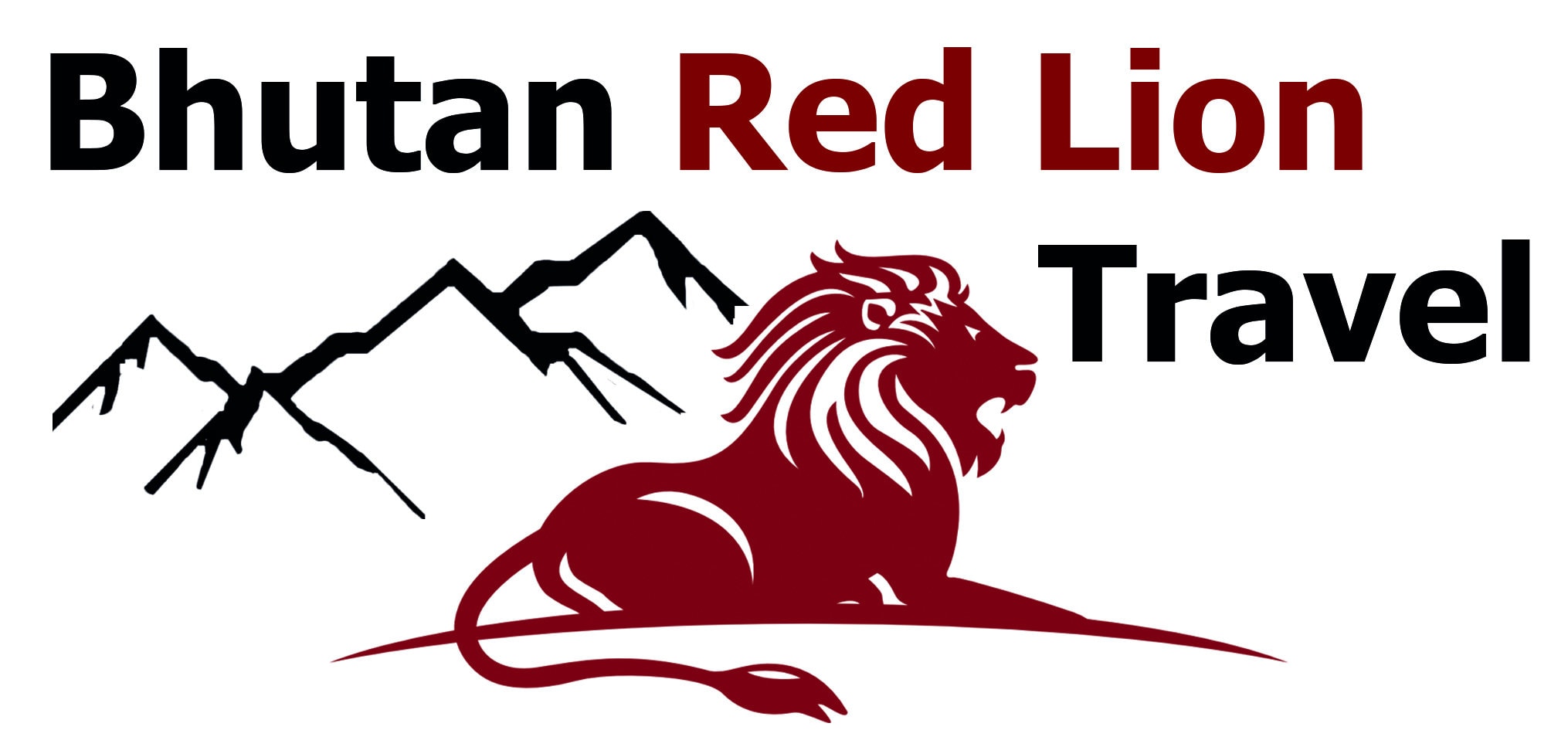The heart of Bhutan
Thimphu offers several sights to see. The city offers on the one hand buddhist temples and museums, and on the other hand traditional industries such as traditional weaving mills, whose colorful fabrics and patterns are not called the living art of Bhutan for nothing.
Capital of Bhutan: Thimphu

Thimphu, largest city in the country and the capital of Bhutan is not only the seat of the king, you can find here also a development between tradition and modernity. On the one hand Thimphu offers many modern styled buildings, but on the other hand the city still has preserved its cultural heritage, with several traditional buildings. Thimphu offers a special atmosphere which is complemented by the natural scenery of the river and mountains.
Located in the western part of the country Thimphu is sitting at an altitude of about 2.320 metres. beautifully located in a large valley of the Wangchu River. Thimphu is surrounded by the high peaks of the himalayan mountains. The city is not only an impressive destination for travelers, but it is also a cultural and political center for the locals. Interesting to know the king of Bhutan is called the dragon king which is the reason for Bhutan’s nickname Land of the Thunder Dragon.
Thimphu a Diverse City

The city itself impresses with its large number of various sights. One highlight which should not missed when visiting Thimphu is one of the numerous weaving mills. Bhutan is famous for its traditional weaving art, which why it is also called the “living art of Bhutan”. The bhutanese weave intricate garments with many different colors and patterns. The city offers therefore a unique blend of tradition and modernity.
Memorial Chorten

Known for its golden spikes and bells, it is said to be Bhutan’s most visible religious landmark. A chorten in general is a typical building of Tibetan Buddhism and a local development of a stupa. This chorten was built in honor of the third king of Bhutan Jigme Dorje Wangchuck. Unlike other chortens, this memorial chorten does not house the king’s mortal remains. It houses only his photograph, which decorates the entrance hall on the ground floor. When the king was still alive, he wanted to build a chorten representing the mind of Buddha.
Buddha Dordenma Statue

This large Buddha statue is the pride of the believers. With a height of 50 meters it is also one of the biggest Buddha statues worldwide. The gilded, Shakyamuni Buddha,is located in the south of the city. It seems to overlook everything. The Buddha Dordenma statue is an important pilgrimage destination and weighs almost 600 tons.
Norzin Lam Market

As in Paro, Thimphu also offers a large variety of lively markets. Locals and tourists can buy here Bhutanese handicrafts, textiles as well as other local products. The city also offer a wide variety of cafes restaurants and hotels, for all preferences.
Museums in Thimphu

Like in Paro, Thimphu offers a wide variety of cultural attractions such as different museums. Thimphu offers two main museums.
One of them is the Folk Heritage Museum. In this museum you can easily learn more about the traditional bhutanese way of life. The main attraction, however, is the museum itself. It is located in a restored three-story building made of rammed earth and wood, modeled after a traditional farmhouse.
The second famous museum in Thimphu is the Textile Museum. Which offers a good inside into bhutanese, traditions arts and crafts. You can learn here more about traditional farming practices and weaving techniques.
Takin Reserve
The Takin Reserve is committed to preserving the national animal of Bhutan. The national animal of Bhutan is called Takin. Which is a highly unusual animal. This animal belongs in general to the group of goats like mammal’s but it could also be called bovine-like due to its special appearance.
More Dzongs and Temples in Thimphu
Changangkha Lhakhang Temple
The Changangkha-Lhakhang temple is an ancient temple perched on a ridge high above the city. Build in the 12th century the structure of the temple remains one of the most important religious centers for the locals, as it houses the statue of the eleven headed Avalokitesvara, also called the good of mercy. The Lhakhang temple is often visited by families with sick children who believe they will recover soon after visiting this temple. Many people also pray here for the welfare of their children or initiate religious ceremonies.
Chagri Dorjeden Monastery
The Chagri Dorjeden Monastery was built back in the year 1620 by Ngawang Namgyal, the first Zhabdrung Rinpoche and founder of the Bhutanese state. This very holy monastery houses many beautiful frescoes of Buddhist saints as well as the remains of Tempi Nima, the father of the first Zhabdrung of Bhutan. Today the Chagri Monastery is a particularly important seat for various religious teachings. The Chagri Dorjeden Monastery is therefore attracting monks from all over the country.
Tashichho Dzong
The Tashichho Dzong, is also called the “Fortress of the Glorious religion” and was built in the 13 century . In former times the Tashichho Dzong was used as a monastery. Since 1952 the Dzong is the seat of the national government. Its majestic architecture and finely tuned proportions have been complemented by artistic decorations and paintings.
